Hiking the Headhunters Trail-Borneo

Peregrina's Journey
Peter and Margie Benziger
Thu 27 Jun 2013 23:43
HIKING THE HEADHUNTER’S
TRAIL
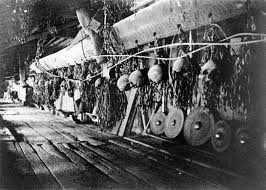
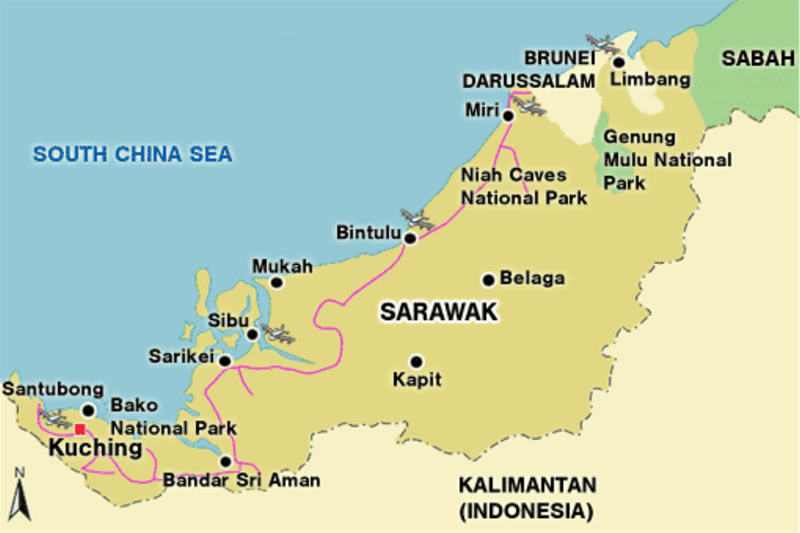
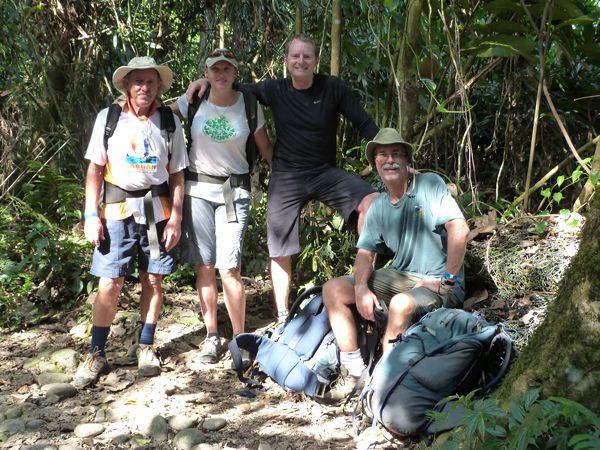
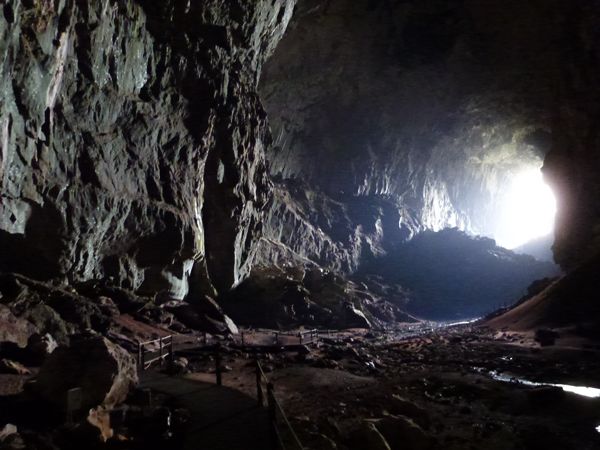
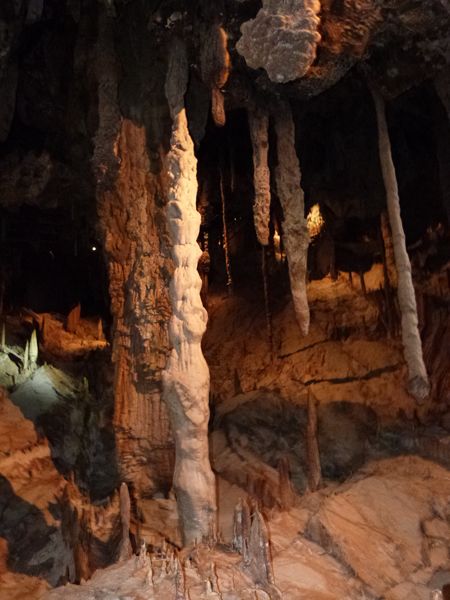
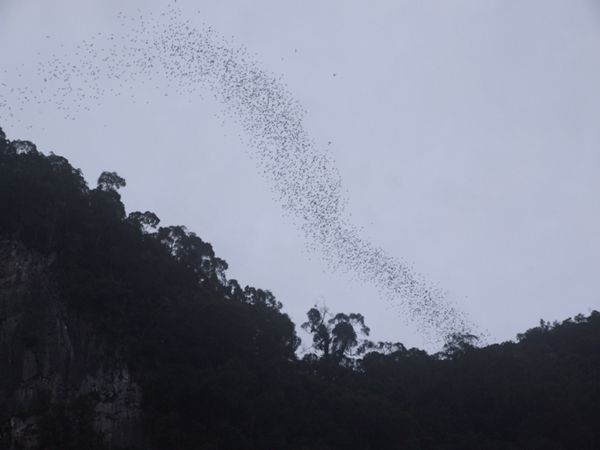
“The Sea Dyaks scoop out the brains by way of the nostrils, and then hang up the head to dry in the smoke of a wood fire - usually the same fire which is maintained for the cooking of all the food for the members of the tribe. Every now and then they will leave their preoccupations, saunter across to the fire, and tear or slash off a piece of the skin and burnt flesh of the cheek or chin and eat it. They believe that by so doing they will add immediately to their store of courage and fearlessness.”
Mmmmm!!! Are you hungry yet? I sure am! I wonder what Margie is going to cook for dinner?

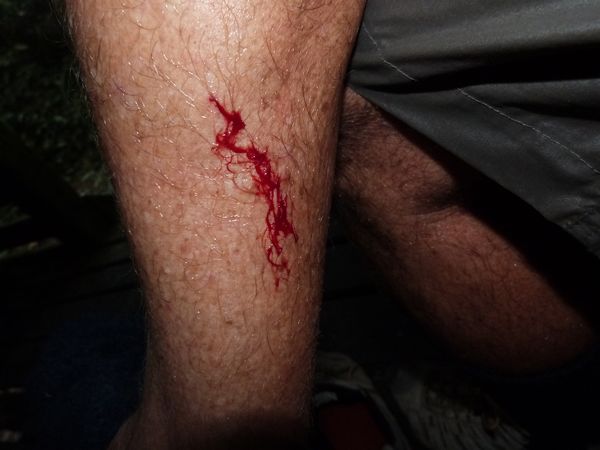
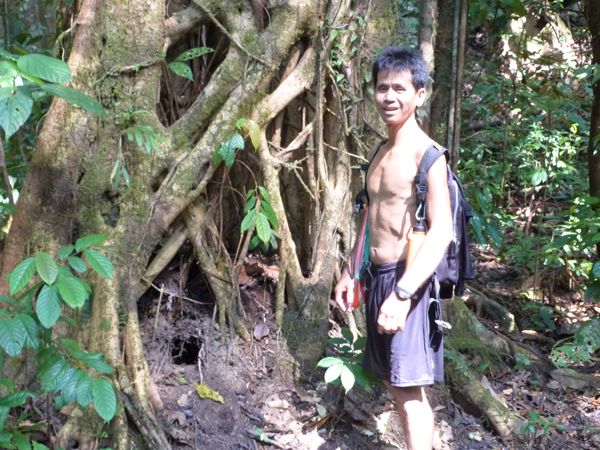
The primary rainforest is home to thousands of species of ferns, fungi, mosses and flowering plants including 170 species of orchid as well as an impressive variety of mammals, birds (including 8 species of hornbill, frogs, fish, insects, snakes and lizards. And did I mention the HUGE trees?
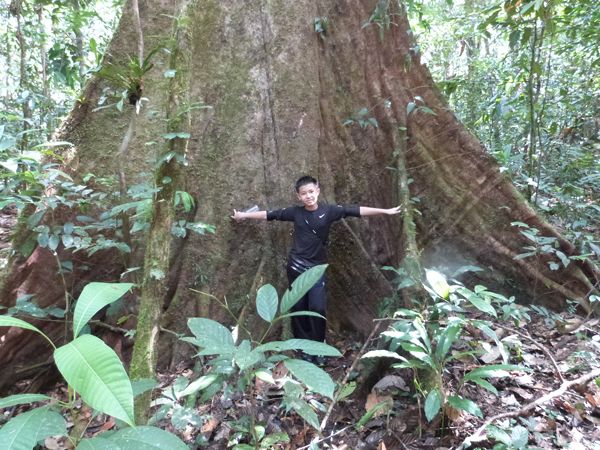
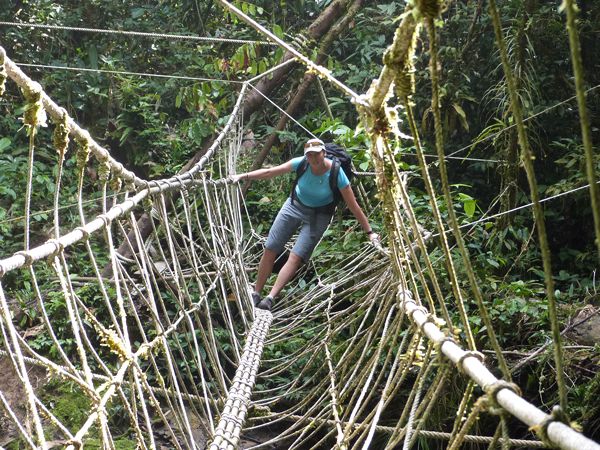
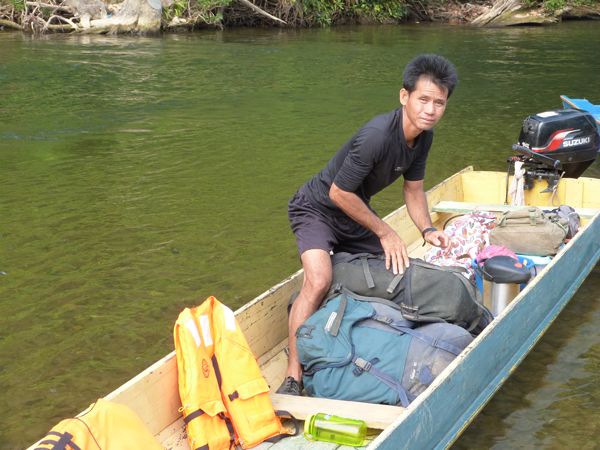
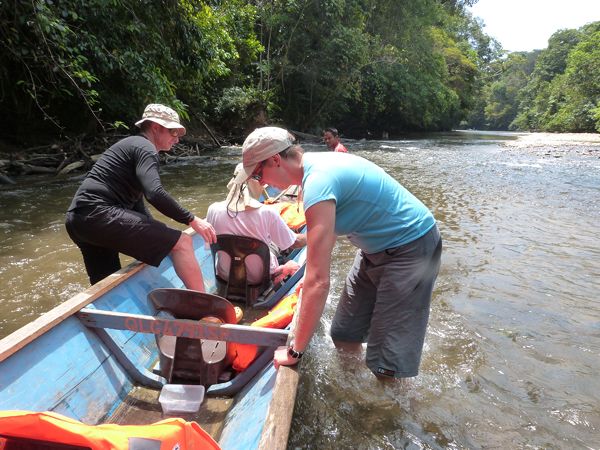
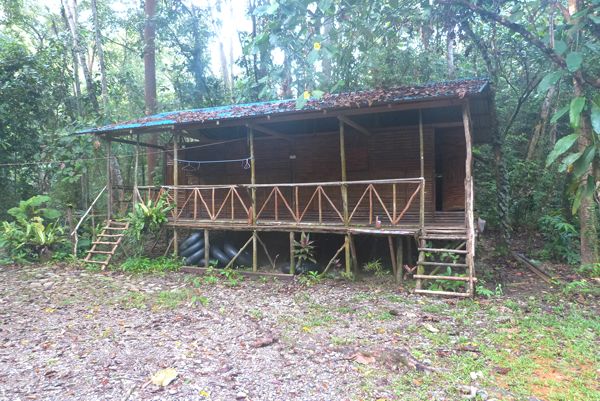
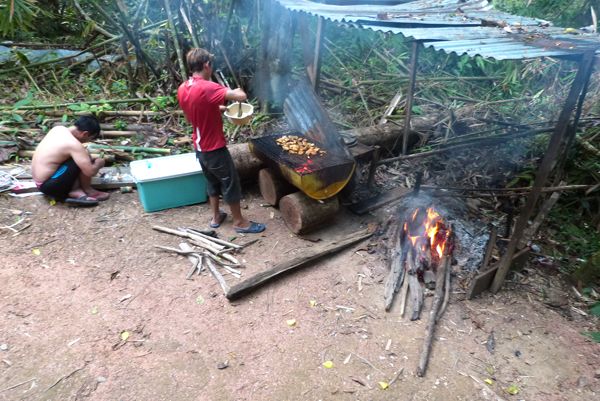

When I was a youngster, I read tales
about the wild men of Borneo. They
lured me in with myths and legends, and most of all, stories about head-hunting.
I learned that, by the early 1800’s,
Borneo had gained the reputation as a place where “head-hunters roam in wild in
untamed jungles.” Reports from daring
adventurers and explorers were chilling.
“The head-hunters lived in long, communal houses and from the smoke
blackened rafters hung endless rows of human skulls, revered in song and deed.”

So, when the opportunity arose to
hike the Headhunters Trail in Malaysian Borneo I jumped at it. Beginning in Gunung Mulu National Park, in
the province of Sarawak Malaysia, the Headhunters Trail got its name from the war
parties that would traverse the jungle and the many rivers which cut through in
this section of Borneo. You can see the Mulu National Park in the upper right of the map.

Our little band of brothers (and one
sister) on this expedition were all sailors with boats at the Miri Marina. In another life, my traveling companions, Bec
and Tim, were search and rescue police officers. John is a retired airline pilot. They were
all from Australia so I knew I was in good company.

The Headhunter’s Trail covers a long
distance overland but also includes miles of river passages. Back then, warriors had to drag their dugout
canoes through the forest to sneak into rivers that meandered through enemy
territory. This enabled them to raid the
villages all along the river and then make a quick getaway.
The first
day of our adventure took us, by airplane, to Gunung Mulu National Park, which
is Sarawak’s largest national park encompassing 544 sq. km. It is 100 km from
the seacoast and the park is dominated by three mountains: Gunung Mulu (2,376m), Gunung Api , and the
yet unconquered Gunung Benarat. (Maybe
I’ll come back to conquer Gunung Benarat some other day?)
We arrived at the National Park
landing strip, left our backpacks in the park sleeping area and immediately
went caving. Now, please understand that we are talking about BIG CAVES
here! This area is a UNESCO World
Heritage Site containing the largest cave chamber and most extensive cave
systems in the world.
-Clearwater Cave has the longest cave
passage in SE Asia with 170 kilometers of tunnels.
-Deer Cave has the world’s largest
cave passage at 120 meters high x 100 meters wide.
You do not
want to get lost here! Our hikes were up to 3 kilometers inside the caves. (Note
to Self: Next time, Peter, don’t forget
to bring extra batteries for your flashlight!)


Deer Cave
also has the world’s largest bat colony with several million bats of 12
different species. Now with several million bats the bottom of the cave is
bat-deep in bat dropping called guano. Well, guano contains salt and the deer
would come to the cave for their salt! For this reason it was named Deer Cave
by the locals. We were told that, at 6:00pm, the bats leave the cave to start
hunting for food. While it may not happen every night, when we were there, the
bats started coming out at 6:00pm on the dot…not 5:55 or 6:02. Whoever is the time keeper at the Bat Colony
must have a Golden Bat Rolex! The bats
come out in large groups (I would say of about 20,000 at a time; based on my
years of bat group size analysis!). After one group exits, there is a time
delay while the next group gets ready. The bats fly out corkscrewing to foil
the dinner plans of bat hawks perched nearby on the cliffs. In total, I estimate (using my years of
training in multi-bat group cumulative arithmetic) that at least a million bats
exited. It is pretty amazing!

On Day Two,
we shouldered our packs and set out for “Camp 5” which is a 11.3 km hike
through primary rain forest. We were now officially on the Headhunters Trail. While the hiking distance was only about 7
miles for this first day, this is hiking in Borneo! You start dripping sweat within ten minutes
and your clothes are totally soaked by the end of the first half hour. We
carried full backpacks of about 45 pounds with sleeping gear, food, water,
medical kits, clothes, ponchos etc.
Although the last headhunters were
supposedly retired in the 1950’s, I kept wondering whether there might be a straggler
out there with a desire for a Caucasian head!
I tried to take some comfort in a quote I read written by a missionary
in 1884.
“They
have a custom of killing people in order to obtain human skulls, which they
suspend as trophies from the roofs of their huts. But, notwithstanding the
barbarous customs that exist amongst them, they have many good qualities." - The
Very Rev. Thomas Jackson, Perfect Apostolic of Labuan and North Borneo, 1884
Well, thanks
Rev! It’s always good to know that your
executioner has “many good qualities!”
But, did you
know that it was necessary to take the severed head while your enemy was still
alive? The head of an already dead man or woman was considered ‘useless’
because it was devoid of any spirits.
Here’s some
other interesting facts about the Headhunters of Borneo that I’ve learned. However, Margie suggests I warn you that the
following is not for the squeamish…
“Headhunting was in many cases a way
of earning prestige and could enable a man to gain fame as a hero amongst his
people, and the surrounding area. The number of skulls displayed in a house
very eloquently told every visitor of the prowess of its inhabitants – and
served as a warning not to mess with the host, neither on a physical nor on a
spiritual plane! As such, headhunting
was amongst certain tribes also a test to confirm their manhood. In Sabah, the
Murut tribesmen conducted head-hunting raids in order to get married. A young Murut man was considered worthless if
he had not taken at least two heads. He
could not get married until he had a few “trophies” hanging from his rafters.”
“Many tribesmen habitually carry
about their person a little basket destined to receive a head. It is always very
neatly plaited, ornamented with a variety of shells, and hung about with human
hair.”
“The way of cutting off their heads
varies with the different tribes. The Sea Dyaks (Iban tribes) sever the head at
the neck, and so preserve both jaws. On
the other hand, the Hill Dyaks (Kelabit and Kenyah tribes) take heads very
carelessly – splitting them open with mallets or slashing across the throat
with parangs (knives).
“The Sea Dyaks scoop out the brains by way of the nostrils, and then hang up the head to dry in the smoke of a wood fire - usually the same fire which is maintained for the cooking of all the food for the members of the tribe. Every now and then they will leave their preoccupations, saunter across to the fire, and tear or slash off a piece of the skin and burnt flesh of the cheek or chin and eat it. They believe that by so doing they will add immediately to their store of courage and fearlessness.”
Mmmmm!!! Are you hungry yet? I sure am! I wonder what Margie is going to cook for dinner?
Well, enough about headhunting for
now. Let’s get back to our jungle trek and
some more adventures in dining…
Beyond the heat,
we were mucking our way through some very murky waters and sometimes bushwhacking
a path through the jungle. It was a
wonderful opportunity to experience our new best friend - the leech! Leeches crawl over your body looking for
places to dine and they excrete a liquid which keeps your blood from
coagulating. They seemed to enjoy the
cuisine at Chez Peter and I was kept busy swatting away those that didn’t have
a reservation! Here is a leech on my
skin and a bit of non-coagulating blood!


While it
sounds bad, it really wasn’t much of a problem since we worked out a system
where the person walking behind you would look at the backs of your arms and
legs and let you know when you needed to stop to remove the leeches. Friends are wonderful, aren’t they!
The local
inhabitants in this part of Borneo (Sarawak province) are the tribes of Iban, Dyak, Meanau, Penan, Orang and Bidayuh.
Our guide for the Headhunters Trail was an Iban who had grown up in a longhouse
in the jungle.

Here’s some
background information about the Iban in years gone by and perhaps his
ancestors.
“For Iban warriors, heads allowed a man to obtain
prestige, fame, a bride from a good family.
Fresh heads were also necessary for many yearly recurring rites,
especially those in conjunction with the annual rice planting cycle and to
celebrate rites of passages (births, deaths, weddings etc). The Iban did not
only search out enemy tribes, but would conduct inter-tribal warfare. This was
clearly a never ending vicious circle because any longhouse would, sooner or
later, feel the burn of revenge from a longhouse that they had attacked many
years previously. Head-hunting was thus kept alive and anthropologists
speculate that Borneo has never known a population explosion because of this
ancient custom.”
I should
note that The Very Rev.
Thomas Jackson – always one to
look on the bright side - had a few good words to say about the Iban way back
in 1884. He pointed out that “…The fiercest head-hunters in Borneo by
far seem to have been the Iban but they seem to have been happy fellows.”
Our Iban
guide…a very happy fellow, I should point out… would tell us about local plants
which were used as food, medicine, spiritual rites, etc. Along the way he would
gather ferns and other plants which he included in our dinner. For these tribes,
the jungle has everything they needed to live comfortably. Please note that their idea of comfort may
differ from yours and mine!
The primary rainforest is home to thousands of species of ferns, fungi, mosses and flowering plants including 170 species of orchid as well as an impressive variety of mammals, birds (including 8 species of hornbill, frogs, fish, insects, snakes and lizards. And did I mention the HUGE trees?

When hiking,
you often need to cross the river which is, most likely, too deep or running
too fast to ford. So, the Park Service
has built hanging bridges overhead. Some are made of twisted wire, some rope
and some wooden planking. However, not
all planks are necessarily in place!
Here is a picture of Bec crossing one of these rope bridges.

After hiking
the 11.3 kilometers, we were met by our river boat guide. We loaded our gear in
the boats and were off.

Since time
began, the rivers of Borneo have been the primary form of transportation. The one thing you need to remember, however,
is that rivers flow in only one direction. We found that out the first day
after our long hike because we had to get out of the boat and push it upstream or
walk beside the canoe in the water when it became too shallow for the outboard
engine.

The meals
were simple yet good. Here is a picture of the River Camp and the outdoor
cooking area. The guides barbecued meat served with vegetables and various plants
and ferns collected during our hikes.


Over the
course of the five days and four nights we hiked 35 kilometers, climbed, swam,
caved, rode river boats and finally exited the Headhunters Trail by four-wheel
drive into Brunei and then back to Miri by minibus.
And, best of
all, we managed to return as you can see in the photo below.....with our heads and smiles still intact!
